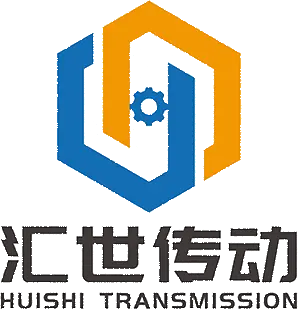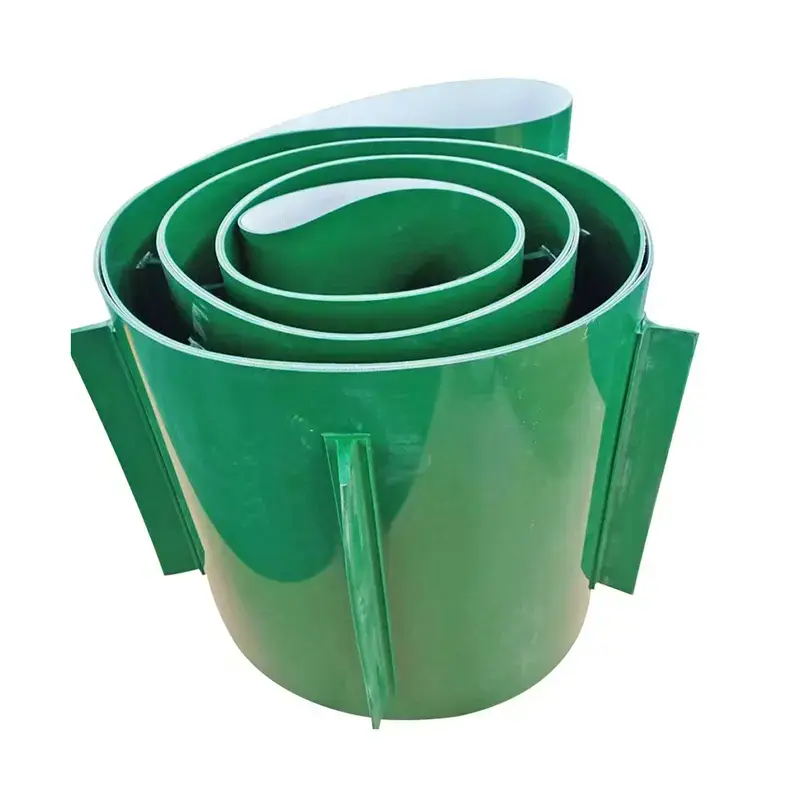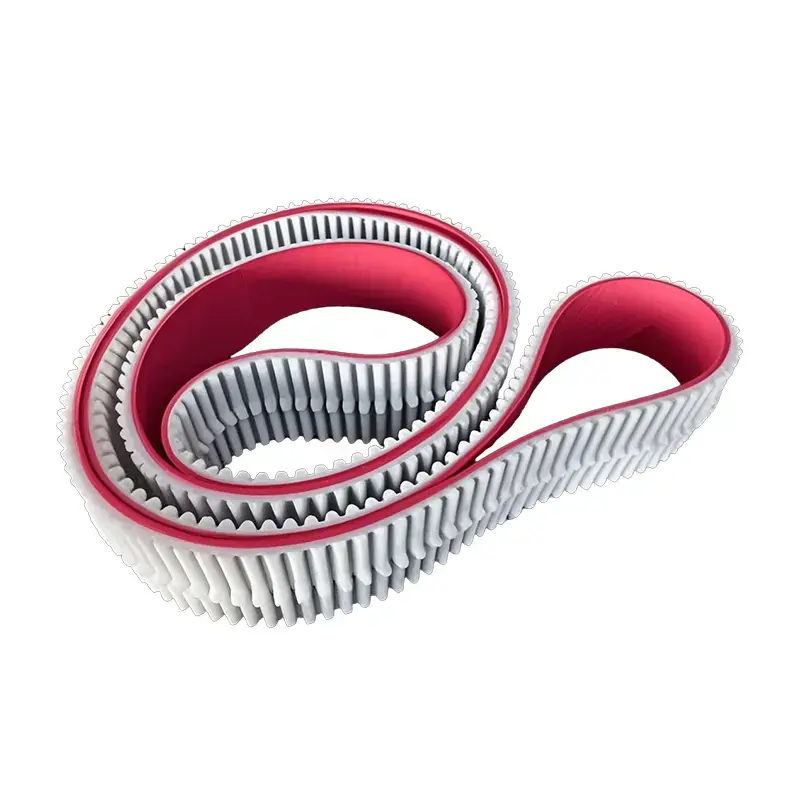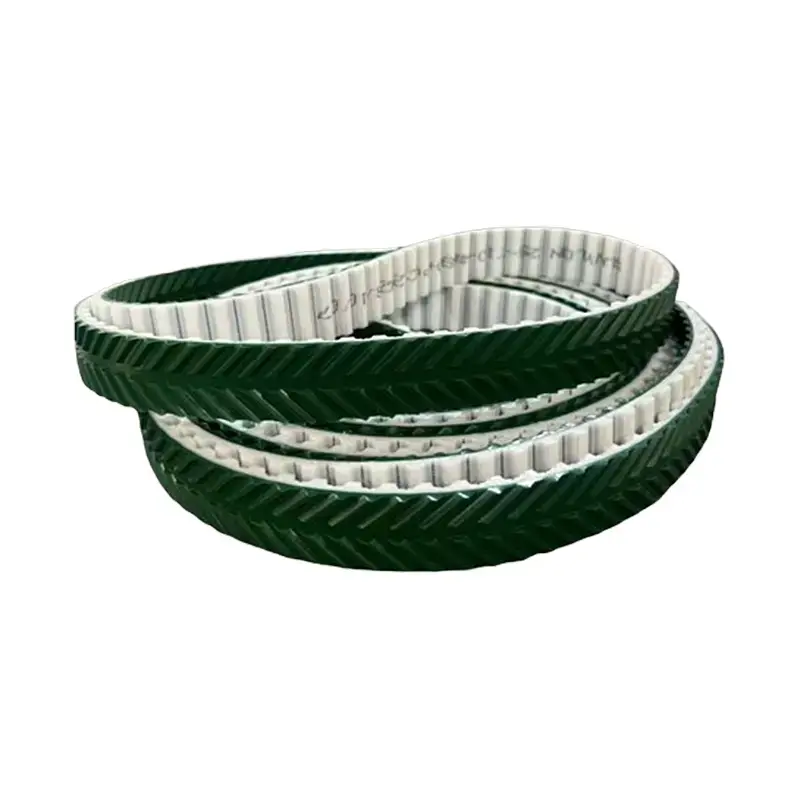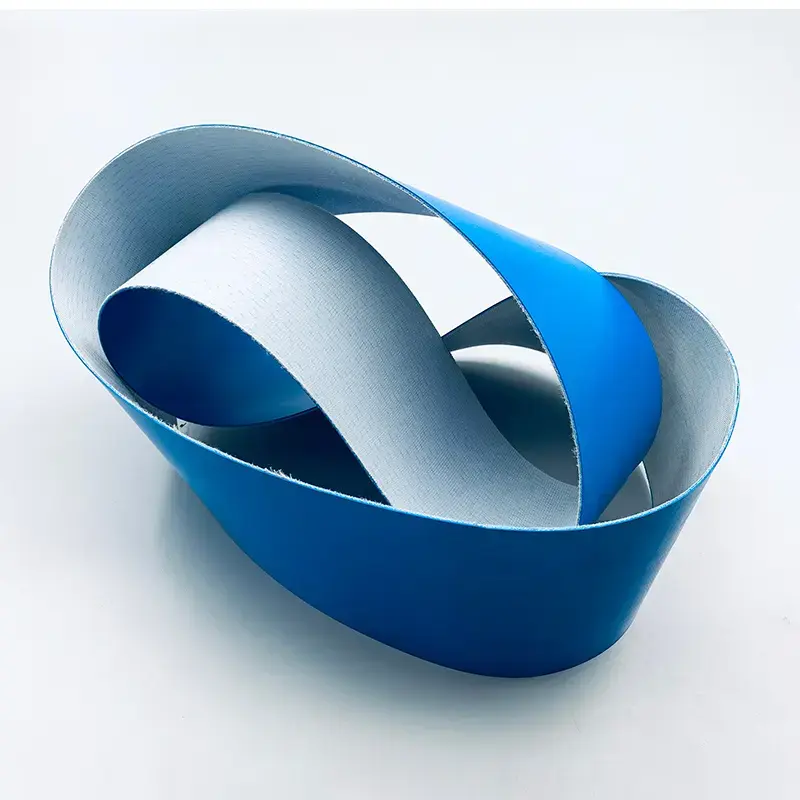 +86-19862000127
+86-19862000127 Mining Conveyor Belt: Enhancing Efficiency in Mining Operations
Mining operations rely heavily on efficient material handling systems, and a Mining Conveyor belt plays a critical role in transporting ores, coal, and other bulk materials safely and efficiently. Selecting the right conveyor belt can reduce operational costs, minimize downtime, and improve overall productivity in large-scale mining projects.
Types of Mining Conveyor Belts
Mining conveyor belts come in various types to suit different operational needs:
-
Fabric Conveyor Belts: Lightweight and flexible, ideal for general mining operations.
-
Steel Cord Conveyor Belts: High-strength belts suitable for long-distance and heavy-load mining transport.
-
Rubber Conveyor Belts: Durable and resistant to abrasion, heat, and harsh mining conditions.
-
Modular Conveyor Belts: Easy to maintain and replace, suitable for specialized mining equipment.
Key Factors to Consider When Choosing a Mining Conveyor Belt
-
Load Capacity: Ensure the belt can handle the maximum weight of transported material.
-
Belt Width and Length: Match belt size with mining site layout and production volume.
-
Durability and Abrasion Resistance: Critical for long-term performance in harsh mining environments.
-
Temperature and Chemical Resistance: Important for transporting ores or materials with extreme conditions.
-
Maintenance Requirements: Consider ease of inspection, repair, and replacement to minimize downtime.
Applications of Mining Conveyor Belts
-
Ore and coal transportation in surface and underground mining
-
Material transfer in processing plants and stockyards
-
Heavy-duty operations requiring long-distance or high-capacity belts
-
Specialized applications like high-temperature or chemical-resistant material handling
Conclusion
A mining conveyor belt is a vital component for efficient and safe mining operations. Choosing the right type, strength, and material ensures continuous operation, reduces maintenance costs, and maximizes productivity. B2B buyers benefit from sourcing high-quality conveyor belts from reliable suppliers to support large-scale mining projects.
FAQ
Q1: What is the difference between fabric and steel cord conveyor belts?
A1: Fabric belts are flexible and suitable for general mining tasks, while steel cord belts offer higher strength and durability for long-distance, heavy-load applications.
Q2: How do I choose the right width and length for a mining conveyor belt?
A2: Consider the site layout, production volume, and material type to determine the optimal dimensions.
Q3: Can conveyor belts withstand extreme temperatures and harsh conditions?
A3: Yes, high-quality rubber or steel cord belts can be designed to resist heat, abrasion, and chemical exposure.
Q4: How often should mining conveyor belts be inspected or maintained?
A4: Regular inspections and preventive maintenance are recommended to detect wear, prevent downtime, and extend service life.



